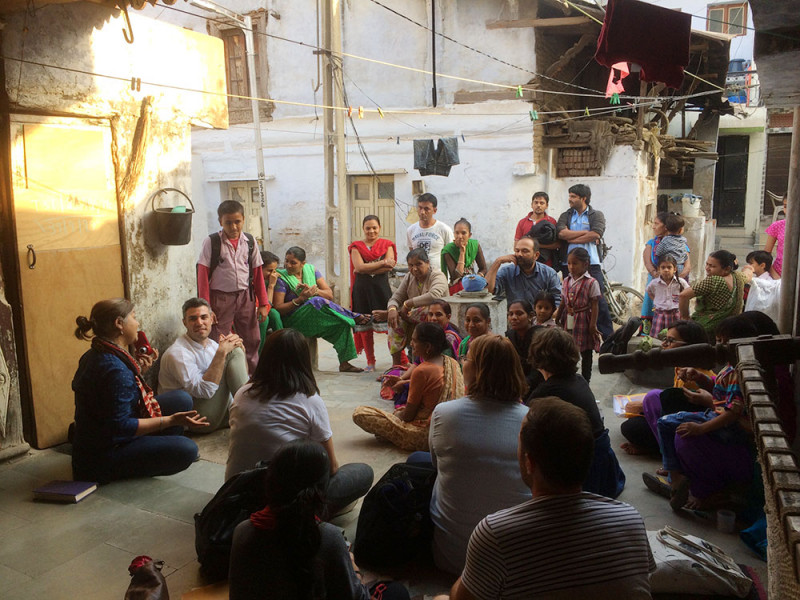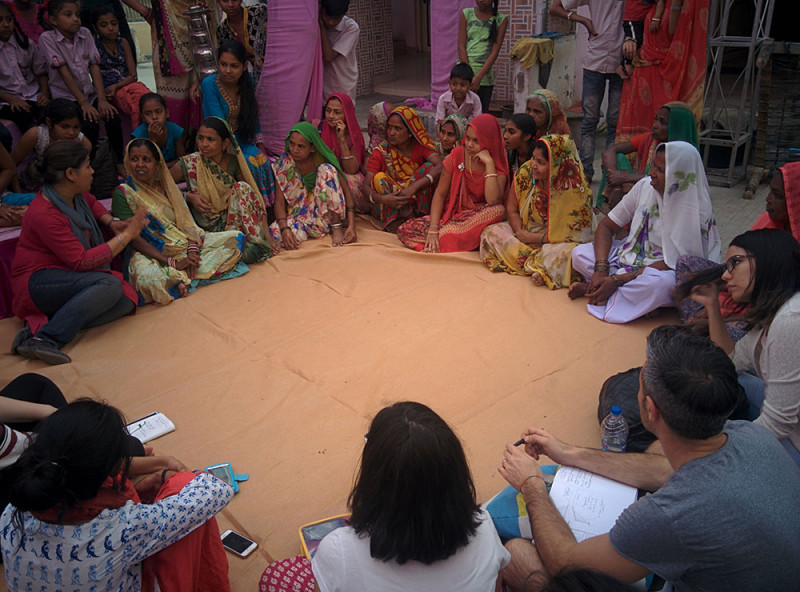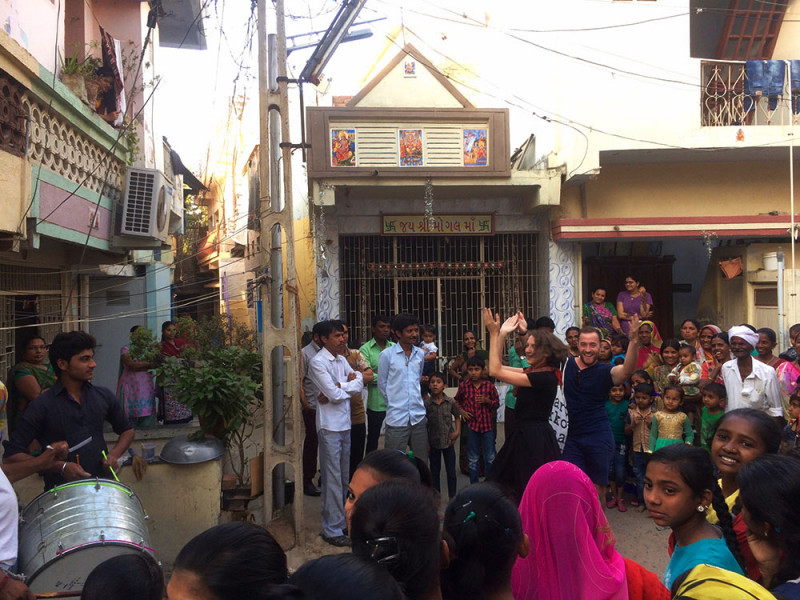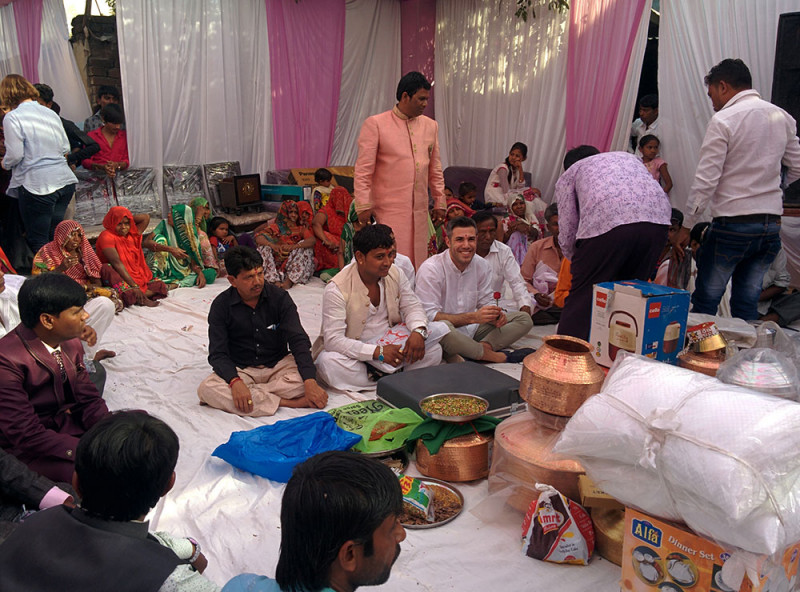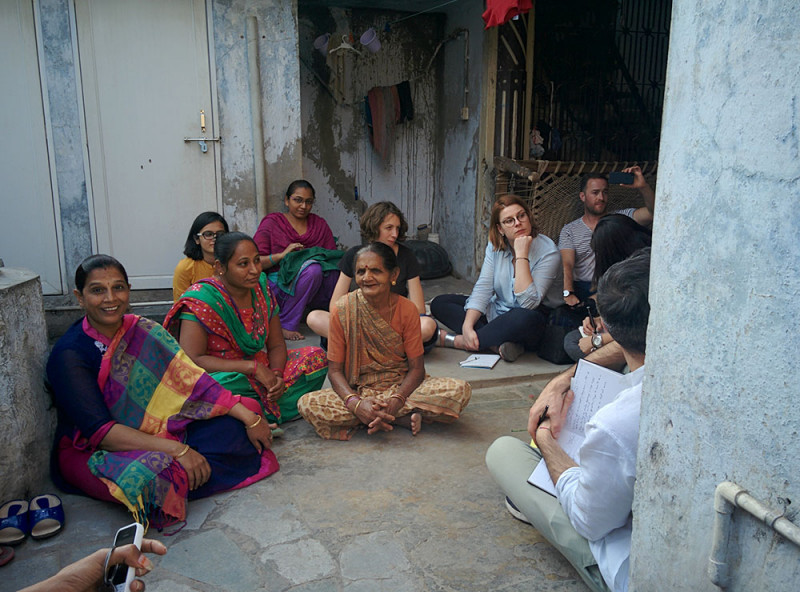Feb 9, 2017
The method used in this workshop is participatory design, an approach that actively involves all stakeholders to help ensure that the result meets their needs and can be used. How can you as an architect communicate with the community? And how do you translate and implement the obtained information?
Ambli Village was once a village on the outskirts of Ahmedabad, but has now been swallowed by the city. The village feeling is still present, the urban structure is intact, there is a sense of belonging, and the people living there form a tight-knit group. Two communities live in Ambli Village. They respect each other but never interact, except for one day in the year when a traditional play is performed in the village.
The qualities of village life are threatened by the advancing city. Is it possible to preserve these qualities? And what exactly are these qualities? The group spent days in the village, observing the daily routine of people living there, talking to them, participating in daily events, playing with the children, organizing a drawing workshop. Everything was done in order to discover the wishes of the people living in Ambli Village.
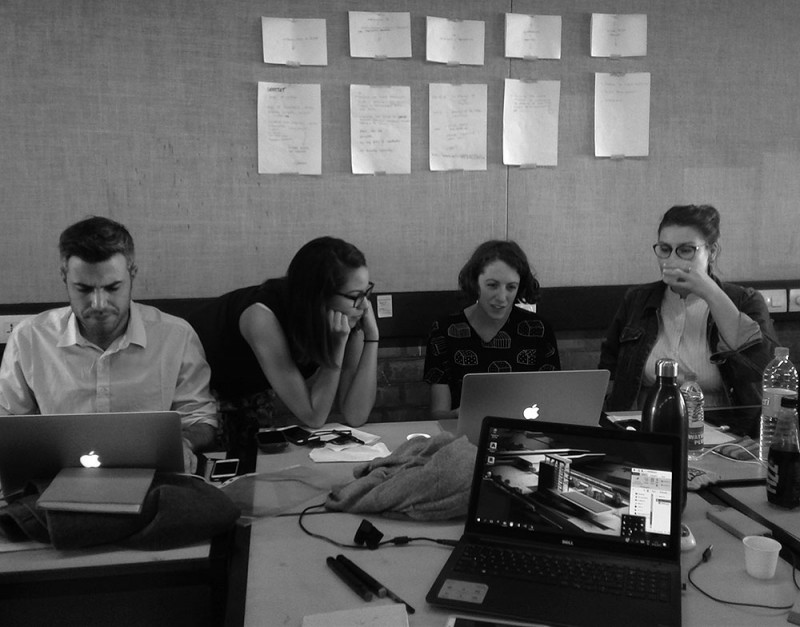
Feb 4, 2017
work in progress - Filippo, Alejandra, Jennifer, Zuzana
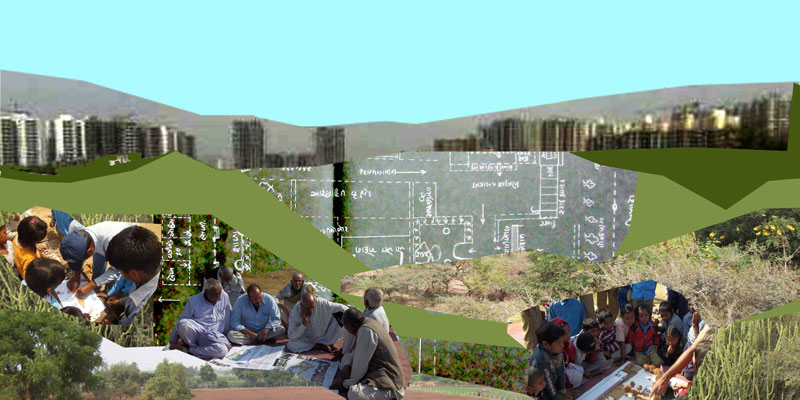
Nov 22, 2016
Developing People's Places- Momentary City in time and space
Ahmedabad is a city of opportunity as well as contradiction. But it is also a city which is courageous and ever ready to try new things. The idea behind this workshop is to engage people of the neighbourhood to collaborate on processes of designing something for their common shared space, in a way, 'giving back something to the community by the community facilitated by us for the community'. Developing Peoples’ places is a physical manifestation of those micro narratives which are interpreted by designers and brought forward to give community ownership and also give a sense of “being Amdavadi” (belonging to Ahmedabad or citizen of Ahmedabad)
Intention of this workshop is that design interactions happen at grass-root level and design focus is retained for "Community Aspiration & Momentary City – In time and space". It is also an intension of the workshop to generate fundamental questions in today’s design processes to Architectural practises across the world today. Implicit to the design process of this workshop is the need to introduce and question 'the role of an Architect of Today'! This workshop should generate discussions within the community of Architects regarding processes to follow for such a need based design intervention. How can and how do locals participate in design processes? How can and how do Architects intervene as designers and also as a professionals? How do designers and locals/laypeople look at a space as mapped space for any specific purpose? How does one create a space for people introducing design elements through ideas that could be stitching varied spaces and various localities? How to address participatory design methods in such a diverse stakeholder groups in short time? What is the need to recognise this method of working while giving solutions to micro- space design?
The primary method employed for this workshop will be participatory design and decision making tools.
The Focus area is “ Ambli Village”. Once a village on the outskirts of the city, now in the fringe and folds of it. It has become a peri-urban village having a unique fabric of the village and aspiration of a city....
Key Words:
Community Participation
Participatory design and decision making tools
Grass-root level Interaction.
Collaborative way to Design.
Village micro narratives
Hands-on activity
